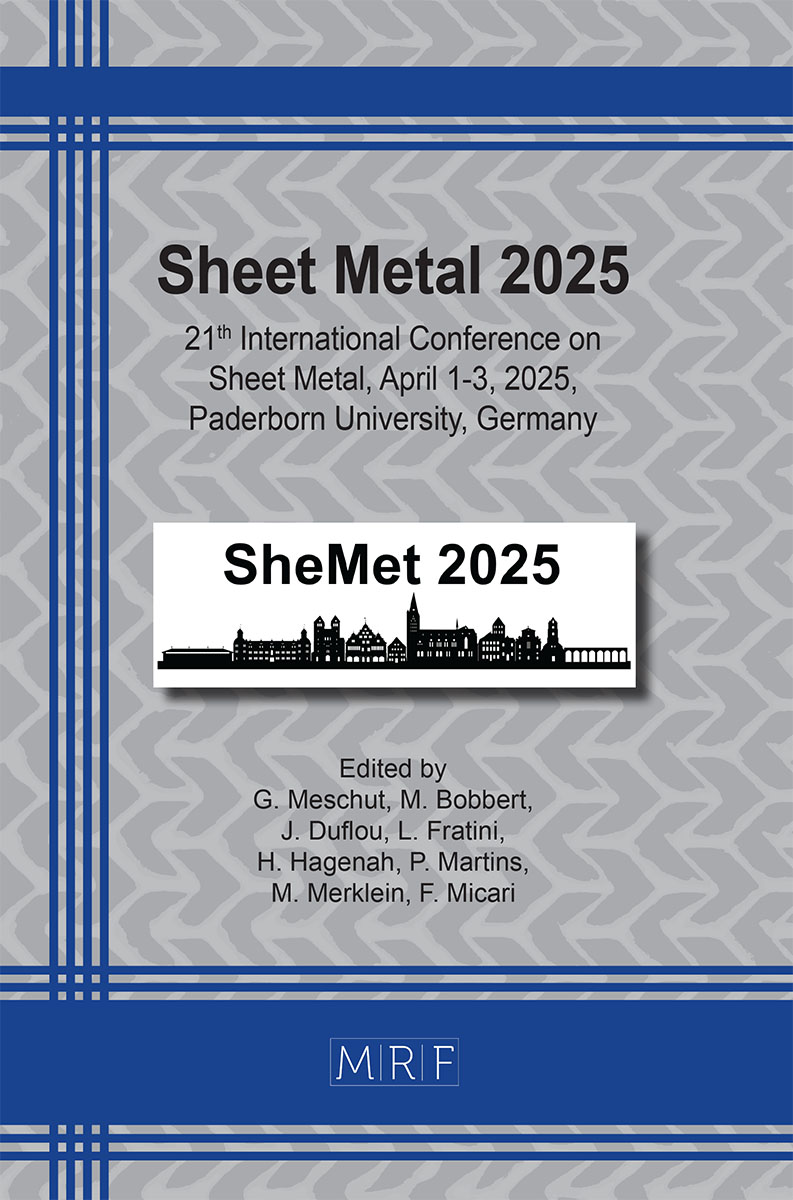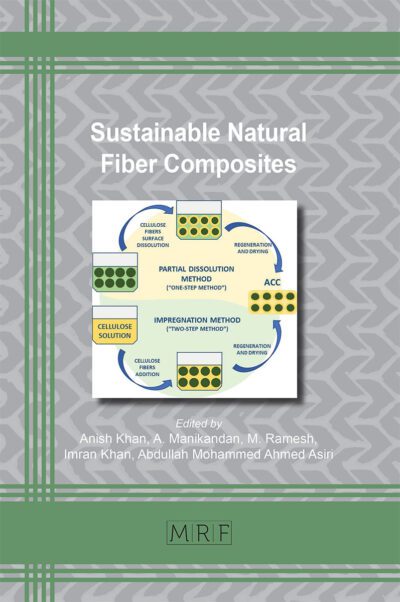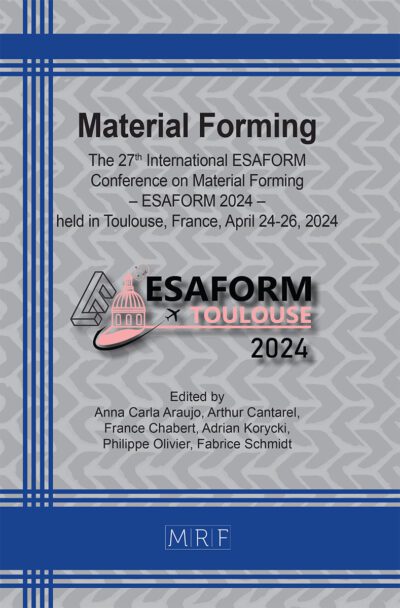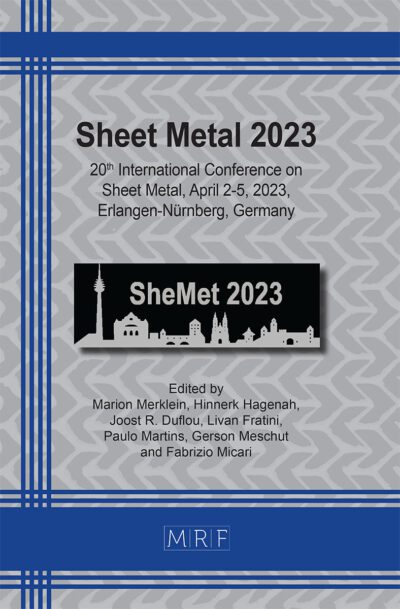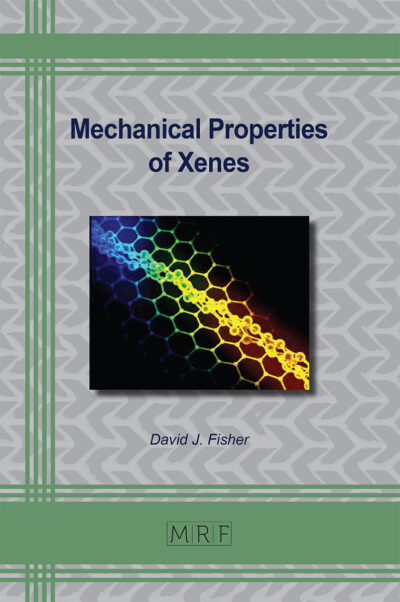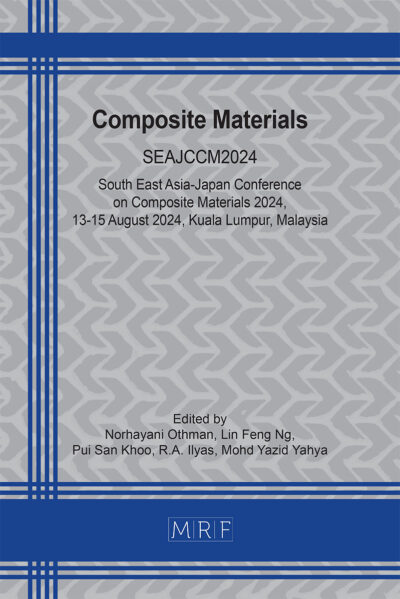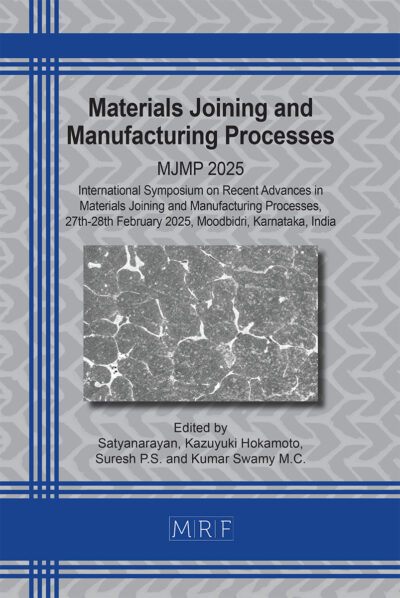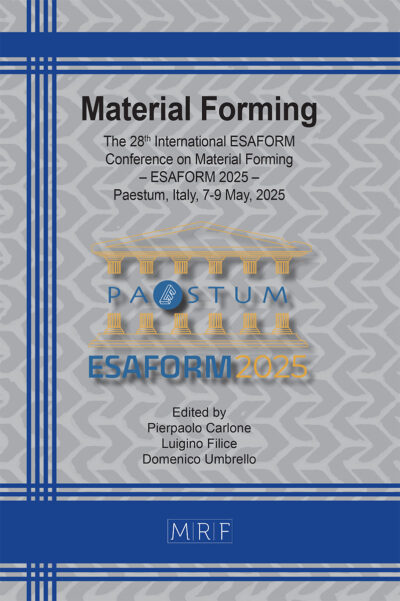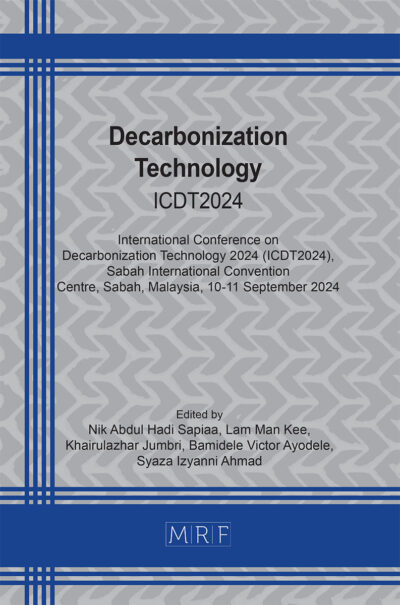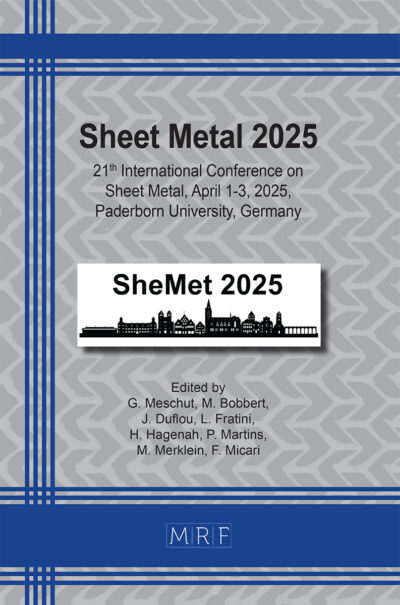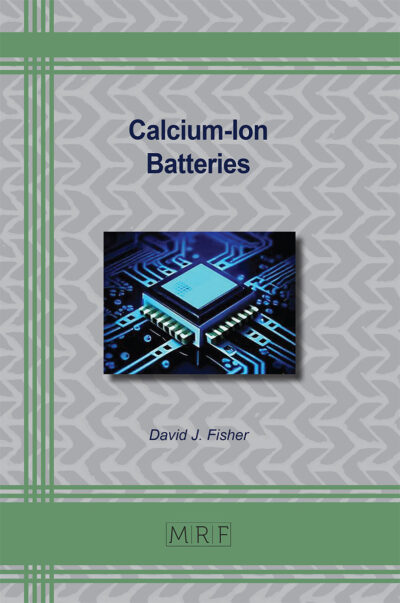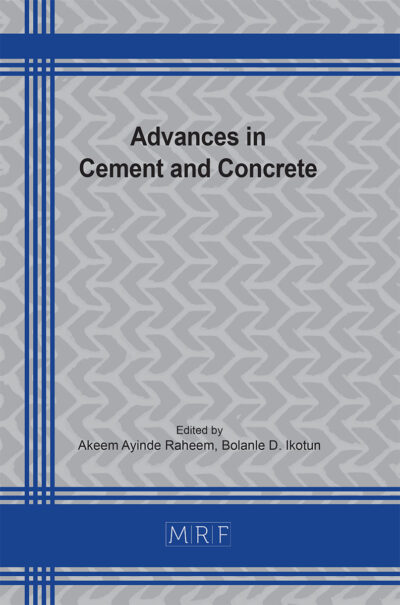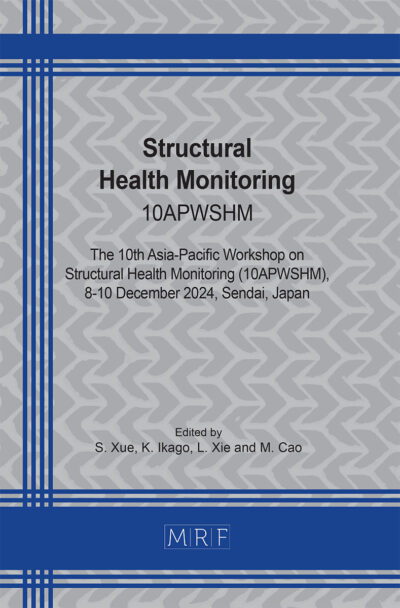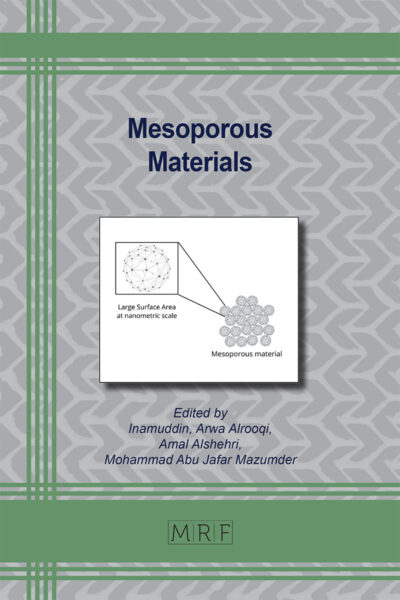Investigation on manufacturing-induced pre-deformation on the fatigue behaviour of clinched joints
Malte Christian Schlichter, Özcan Harabati, Max Böhnke, Christian R. Bielak, Mathias Bobbert, Gerson Meschut
Abstract. The present study is an experimental analysis of the influence of pre-forming on the failure behaviour of clinched specimens under quasi-static and cyclic loading conditions. In this context, the geometric formation of the clinched joints is taken into account, with regard to the loading behaviour. The study also includes a comparison of the failure behaviour of quasi-static and cyclic tested specimen. Testing is done on non-pre-deformed and pre-deformed specimens. For this purpose, experimental investigations are carried out on two material combinations consisting of HCT590X steel sheet and EN AW-6014 T4 aluminium sheet. The focus is on the fatigue analysis of the clinched joints. The aim is to identify the failure modes under cyclic loading and the crack formation with regard to forming operations prior to the joining process. The investigations show that the cyclic load-bearing behaviour of the HCT590X joints is reduced by introducing a plastic pre-deformation of the to be joined parts.
Keywords
Mechanical Joining, Pre-Deformation, Fatigue
Published online 4/1/2025, 8 pages
Copyright © 2025 by the author(s)
Published under license by Materials Research Forum LLC., Millersville PA, USA
Citation: Malte Christian Schlichter, Özcan Harabati, Max Böhnke, Christian R. Bielak, Mathias Bobbert, Gerson Meschut, Investigation on manufacturing-induced pre-deformation on the fatigue behaviour of clinched joints, Materials Research Proceedings, Vol. 52, pp 125-132, 2025
DOI: https://doi.org/10.21741/9781644903551-16
The article was published as article 16 of the book Sheet Metal 2025
![]() Content from this work may be used under the terms of the Creative Commons Attribution 3.0 license. Any further distribution of this work must maintain attribution to the author(s) and the title of the work, journal citation and DOI.
Content from this work may be used under the terms of the Creative Commons Attribution 3.0 license. Any further distribution of this work must maintain attribution to the author(s) and the title of the work, journal citation and DOI.
References
[1] DIN Deutsches Institut für Normung e. V. DIN 8593-5: Manufacturing processes joining: Part 5: Joining by forming processing – Classification, subdivision, terms and definitions 2003. Berlin: Beuth Verlag GmbH.
[2] DVS – Deutscher Verband für Schweißen und verwandte Verfahren e.V. Merkblatt DVS/EFB 3420: Clinching – basics. 2021.
[3] Lee C-J, Lee S-K, Kim B-M, Ko D-C. Failure mode dependent load bearing characteristics of mechanical clinching under mixed mode loading condition. Procedia Engineering. 2017;207:938-43. https://doi.org/10.1016/j.proeng.2017.10.855
[4] Lin P-C, Lo S-M, Wu S-P. Fatigue life estimations of alclad AA2024-T3 friction stir clinch joints. International Journal of Fatigue. 2018;107:13-26.. https://doi.org/10.1016/j.ijfatigue.2017.10.011
[5] Hahn O, Kurzok JR. Forming technology joining of preformed sheet metals – Part 1: Steel (Umformtechnisches Fügen vorverformter Halbzeuge – Teil 1: Stahl). Aachen: Shaker; 1998.
[6] He X. Recent development in finite element analysis of clinched joints. Int J Adv Manuf Technol. 2010;48:607-12. https://doi.org/10.1007/s00170-009-2306-2
[7] Böhnke M, Bielak CR, Klassen E, Bobbert M, Meschut G. Experimental and numerical investigation of the influence of multiaxial loading conditions on the failure behavior of clinched joints. Proceedings of the Institution of Mechanical Engineers, Part L: Journal of Materials: Design and Applications. 2023;237:1444-57. https://doi.org/10.1177/14644207221145886
[8] Bielak CR, Böhnke M, Bobbert M, Meschut G. Further development of a numerical method for analyzing the load capacity of clinched joints in versatile process chains. ESAFORM 2021 2021. doi:10.25518/esaform21.4298. https://doi.org/10.25518/esaform21.4298
[9] Hahn, O., Kurzok, J.R., Dolle, N. DaimlerChrysler – Technologiekolloquium: Simulation der Fugetechniken Potentiale und Stuttgart, Germany, Januar). 2001:35-8.
[10] Bielak CR, Böhnke M, Bobbert M, Meschut G. Experimental and Numerical Investigation on Manufacturing-Induced Pre-Strain on the Load-Bearing Capacity of Clinched Joints. International Conference on Sheet Metal. 2022;926:1516-26. https://doi.org/10.4028/p-5d009y
[11] Le Q, Kang H, Kridli G, Khosrovaneh A, Yan B. Effect of prestrain paths on mechanical behavior of dual phase sheet steel. International Journal of Fatigue. 2009;31:607-15. https://doi.org/10.1016/j.ijfatigue.2008.03.028
[12] Al-Rubaie KS, Del Grande MA, Travessa DN, Cardoso KR. Effect of pre-strain on the fatigue life of 7050-T7451 aluminium alloy. Materials Science and Engineering: A. 2007;464:141-50. https://doi.org/10.1016/j.msea.2007.02.024
[13] Ewenz L, Kalich J, Zimmermann M, Füssel U. Effect of Different Tool Geometries on the Mechanical Properties of Al-Al Clinch Joints. International Conference on Sheet Metal. 2021;883:65-72. https://doi.org/10.4028/www.scientific.net/KEM.883.65
[14] Ewenz L, Bielak CR, Otroshi M, Bobbert M, Meschut G, Zimmermann M. Numerical and experimental identification of fatigue crack initiation sites in clinched joints. Prod. Eng. Res. Devel. 2022;16:305-13. https://doi.org/10.1007/s11740-022-01124-z
[15] Zhang Y, He X, Wang Y, Lu Y, Gu F, Ball A. Study on failure mechanism of mechanical clinching in aluminium sheet materials. Int J Adv Manuf Technol. 2018;96:3057-68. doi:10.1007/s00170-018-1734-2. https://doi.org/10.1007/s00170-018-1734-2
[16] Liu F, Chen W, Deng C, Guo J, Zhang X, Men Y, Dong L. Research advances in fatigue behaviour of clinched joints. Int J Adv Manuf Technol. 2023;127:1-21. doi:10.1007/s00170-023-11547-2. https://doi.org/10.1007/s00170-023-11547-2
[17] Salzgitter Flachstahl. HCT590X+Z: Mehrphasenstähle zum Kaltumformen – Dualphasenstähle. 2017. https://www.salzgitter-flachstahl.de/fileadmin/footage/MEDIA/gesellschaften/szfg/informationsmaterial/produktinformationen/feuerverzinkte_produkte/deu/hct590x.pdf.
[18] Novelis GLobal Automotive. EN AW-6014 T4 – Material Data Sheet: Novelis Advanz 6F – e170. 2019.
[19] Bielak CR, Böhnke M, Bobbert M, Meschut G, editor. Experimental und numerical Investigation on manufacturing-induced pre-strain on the load-bearing capacity of clinched joints; 2022. https://doi.org/10.4028/p-5d009y

